Archives
now browsing by author
How have your students’ influenced your personal art form/expression?
Blog post by Janet Riggio:
It is an honor to have the opportunity in this blog to share my thought on teaching in an elementary school. Although I have in the past thirty years taught at almost every level, I found that there is something unique and fresh about elementary students.
As students enter the elementary school art classroom there is an overwhelming honesty in their attitude, body language and energy level. Their creative energy abounds and the art experience is more like an adventure as opposed to a classroom.
I have found immense value in listening to my students. Critical to effective teaching is the ability of a teacher to relate topics to the student’s interests and culture.
Curriculum approaches reflect social media, community profile, climate, socio-economic status and culture. In preparing students to be productive adults, delivering ideas should include “all of the above”.
While my approaches and techniques have changed as society has changed, there are undeniable concepts valuable across time. One important idea that transcends time and generations is knowledge about Earth. Earth, with its varied climate and weather, wildlife, and plant life provides students with art and science experiences. This non-traditional, yet complementary approach provides students with experiences to understand nature.
In the book EMPHASIS: Art by Clements and Wachowiak, art with science develops curiosity, builds a knowledge base in both disciplines and helps students combine ideas in new ways. In addition, art and science helps children visualize mental images and provides skills to better investigate, fantasizing, combining ideas in a new way.
As an entry position, I taught art in a private school in Lighthouse Point, Florida. the school was a block from the Atlantic Ocean. It was during that time that I approached art experiences first hand using the earth as motivation and medium.
Florida children have the ease of being at the water’s edge any day of the week or time of the year. For this lesson, I walked them to the beach to cast plaster in the sand. We collected found objects that day. Other days, it was possible to draw and paint outdoors.
It was at this point, early on , that I began my connection in linking art to other disciplines.
As a young art teacher, my research led me in the direction of an interdisciplinary approach to teaching where there were constant connections in vocabulary, increased curiosity, and enhanced visual imagery that related to art and science as well as history and language arts. In addition, classroom teachers gained a partner in education with art as a medium. Art experiences serve to empower those who struggle in a classroom. With an expanded approach such as interdisciplinary teaching, children reach success.
In 2002, I returned to Pennsylvania after twenty eight years in South Florida. I found myself in a rural school district, teaching art. I began to realize how important it was to align curriculum to “Place”.
Many lessons that I had successfully implemented meant very little to my rural students. I began to listen intently to their interests, noting the similarities and differences. Imagery reflected their surroundings. They had many misconceptions about a tropical climate and I in turn, had forgotten how important certain topics, such as farming and hunting, were to this culture.
I wanted to educate myself about this rural area and took every opportunity to further my curriculum topics by taking classes from local artists and the local university. Effective teachers seek to find connections among all disciplines. I immediately created a relationship with my teachers. Although I examined science, math, literature and social studies curriculum, I made it clear that Art standards would be my emphasis. My approach facilitated rich discussions with teachers and students. I continued to listen and observe.
Each year it seems appropriate to begin with drawing and the art element of LINE. I wanted students to consider how the first humans recorded information. There is extensive information and imagery about the first mark-makers, writing and recording. The first painters, early man, intended to hide and be secretive about their paintings. When modern man discovered the images in dark caves, they realized they already had the components of representative art: lines, drawings, layers, dabs, sprays and engraving. Even as we look at this early art today, we must respect the element of secrecy for which we will never know their true intent.
Colors are as old as the planet. Even before man made his own marks, the colors were being made within the earth through oxidation and other natural processes. The first colors were produced and provided a palette called the Magdalenian palette. The first artist palette included yellow ochre, red ochre, manganese, charcoal black and crushed eggshell.
For fifteen years in my school district, I discussed the early imagery of the cave artists. Although my relationship with science and art changed within that time, my curiosity for earth science grew. I began to discover connections to the Visual Art standards that made my classroom exciting and provided rich and fertile ground for my own painting.
In researching the story of painting with natural pigments, I stumbled upon information and images of scientists who paint. While some scientists paint what they imagine in outer space, there are those who are curious about the soil they research. Soil scientist collect natural pigments and celebrate findings by painting rich neutral paintings. The formulation was simply ground and sanitized pigments, a binder and water. My excitement remained on the “back-burner” of curiosity. I knew, however, that there would be a time that I would present this idea to my students. The time that the community would be exposed to soil painting had come.
In 2010, a committee was formed in my district to address the concerns that rural schools have when improving programs that related to STEM. The Rural Academic Space Alliance included several rural school districts in the Central Pa area in addition to Penn State, Lock Haven University and a representative of NASA. The committee set out to improve opportunities for our rural students to participate in community science activities.
It was requested that I be present to offer creative thinking to the group of science teachers and scientists. I had previously gained a reputation of working science ideas into my art classes.
At the time of the formation of this consortium, the National Core Art Standards were not on the table. In retrospect, I realize that was already teaching in that manner.
Creative thinking relates to the Core standard, Enduring Understanding. Creativity and innovative thinking are essential life skill that can be developed. In addition, my students were Making Connections, that is, relating artistic ideas and works with societal, cultural and historical context to deepen understanding.
During an Exploration Day at Penn State in 2010, as a member of the Rural Alliance, I presented painting with soil to those who visited my table. Children were fascinated that they could make paints from the pigments of the earth.
There are soil scientists who paint with the natural pigments derived from the soil profile and other natural locations. Although in art class, we enjoy the novelty of the material, earth scientist understand the reason behind the colors.
Color can be a clue to mineral content of a soil. Also, scientist and archeologists know that the colors of soil were used as coloring agents early in the development of human cultures. Some examples are the Red Desert soils of California, the Gray Desert soils of Idaho, the White Sands of New Mexico, the Green Sands along the Atlantic Ocean, and the Red Beds in Oklahoma.
Adventures in Art 2 by Chapman has a chapter called: Lines, Textures and Spaces. Students are asked to consider a drawing by Saul Steinberg, Joy Continuous Miner, 1914.The drawing depicts an imaginary world underground where miners go along with their work while the city thrives above. There are hidden artifacts in the soil and implied textures within.
Each year in third grade students love to discuss this drawing and find the hidden objects. They begin to expand their imagining of what might be beneath the surface of the earth. They create and imaginary world in a drawing in the style of Steinberg. The drawings remain line renderings to preserve the implied textures and details that paint would cover.
The following activity is looking at Lascaux cave art and the colors of the cave walls. Because I collect soils from locations around the country, I present the colors in soil form and ask them how I would use this pigment to get a similar effect. The class suggests that the binders could be sap or bugs. Students enjoy creating the formulation of soil, glue and water for their paint.
Students were free to create a depiction of what they would draw on a stone. They were encouraged to draw with oil pastels to avoid dusts that soft pastels would produce. They found that the grit of the soil surface was great for blending pastels. The typical third grader should have activities that address their expansive energy level.
I love to share my art with my students so I bring my canvases to the classroom to show how I paint images that have personal meaning. I note where the paints were formulated from soils in various locations around the United States and note where I altered the soil’s color to achieve the tone or color. In addition, I have pointed out that all of my images resulted for observing the world around me. Being from Pennsylvania, there is a vast choice in topics related to geology, earth science and climate. In many of the museums across the state there is record of Pennsylvania’s rich history of industry, farming, wildlife, etc. Place, the political and preservation are all topics with which my students are familiar.
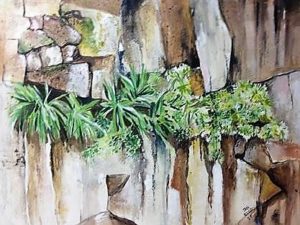
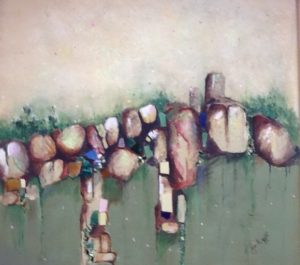
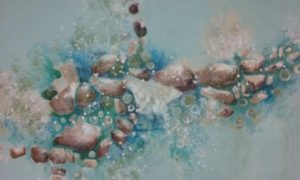
The National Core Art Standards provide students with the essential questions about Creating: How does knowing the context, histories and traditions of art forms help us create works of art and design? My career and personal journey have led me to understand how important the colors of the earth are. What I believe to be true about the earth and its people has become my passion in the classroom. My students are excited about painting with soil and these activities have made them more observant of their surroundings.
In studying about the earth’s colors, one of the National Core Art Standards, provides a rationale for children who live in rural areas and are familiar with soil. Connecting: How does engaging in creating enrich people’s lives. When pedagogy connects the community and environment in which the student lives, learning is enhanced. When art is connected to science, history, language arts and math, there is deeper understanding.
Our school district uses the FOSS program for science. When given this information, I approached the classroom teachers with a calendar of art activities that the children participate in. With this information, teachers from K -5 cross referenced their topics. We agreed to reinforce each other’s ideas and activities to provide the optimum experience for students.
In the photos that follow, each child is excited to formulate, paint and display their art.
Throughout this experience that spans thirty years, three states and kindergarten through university level, I consistently provide interdisciplinary art experiences to my teachers and students.
Most recently, I have been exhibiting my soil painting through the Art Alliance of Center County in Lemont, Pennsylvania. It is not only a journey I intend to continue, but one that I owe, in part, to the relationship and rich discussions about the earth science and art that I have participated in my learning community.
About the author:
Jan Riggio lives in State College and has resided in Pennsylvania for the last fifteen years. Prior to returning to her home state of Pennsylvania, she resided in Palm Beach County, Florida where she taught art for thirteen years. Levels included kindergarten to university. Jan is originally from St. Mary’s, Pennsylvania and lived in New York, Vermont, and Boca Raton, Florida.
Jan received a Bachelor of Science degree in Art Education from Penn State
University and a Master’s Degree of Art Education from Florida Atlantic
University, Boca Raton, Florida. Currently, Jan teaches at the elementary school level. Employed by the Bald Eagle Area School District Jan is assigned to four elementary schools. There is a total of 30 years of art classroom teaching for Jan including public, museum schools, private higher education and summer camps. Jan teaches a diverse curriculum and creates multi-disciplinary experiences whenever possible. Jan has created a relationship with the science education department at Penn State University and has participated in science expos and summer camps. “I create activities for students that include the arts first and back the ideas with science”.
Jan has been a board member and District 4 co- representative of the Pennsylvania Art Education Association for three years. She shares this office with Sue Uhlig, a doctoral candidate and student teacher supervisor for the PSU art Education art teachers.
Jan has participated in exhibits at venues in both Florida and Pennsylvania. Her work currently is represented through the Art Alliance of Centre County as part of their community artist program. Future exhibitions include Mt. Nittany Medical Center, BB&T Bank, and Portfolio Hair Salon.
Jan’s artwork is influenced by nature. She enjoys observing what the land offers in its natural state. She says, “Look gently at the earth the way it presents itself. Take the color, light and contours and capture the essence.”
Jan paints with a combination of acrylics and her own paint formulations made from soil. The soil paint colors vary by source and geographical location. She also includes found natural objects to enhance the beauty of each composition.
Art Practices in Multifarious Spaces
Okay y’all. Last sneak peek blog post before the conference. See y’all there!!!!!
STEAM + Inquiry = Accessibility for All
Join Angela Capuzzi to learn about methods for making STEAM and inquiry based learning accessible to all! How fantastic is that? See ya there! 🙂
“Teaching STEAM concepts is easy when you allow students to approach the learning from a variety of resources. Through inquiry, students have the freedom of choice in learning activities based on their interest and skill levels. These strategies make teaching about circuits, optics, coding, and so much more accessible to learners of all strengths. I have found that my students with IEPs, 504s, and BIPs / SIPs excel within this structure. Yes, I said structure. With all that freedom comes some support from you. Want to learn ways you can incorporate STEAM + Inquiry into your class, club, or group? Join me for some interactive learning of your own!” -Angela Capuzzi
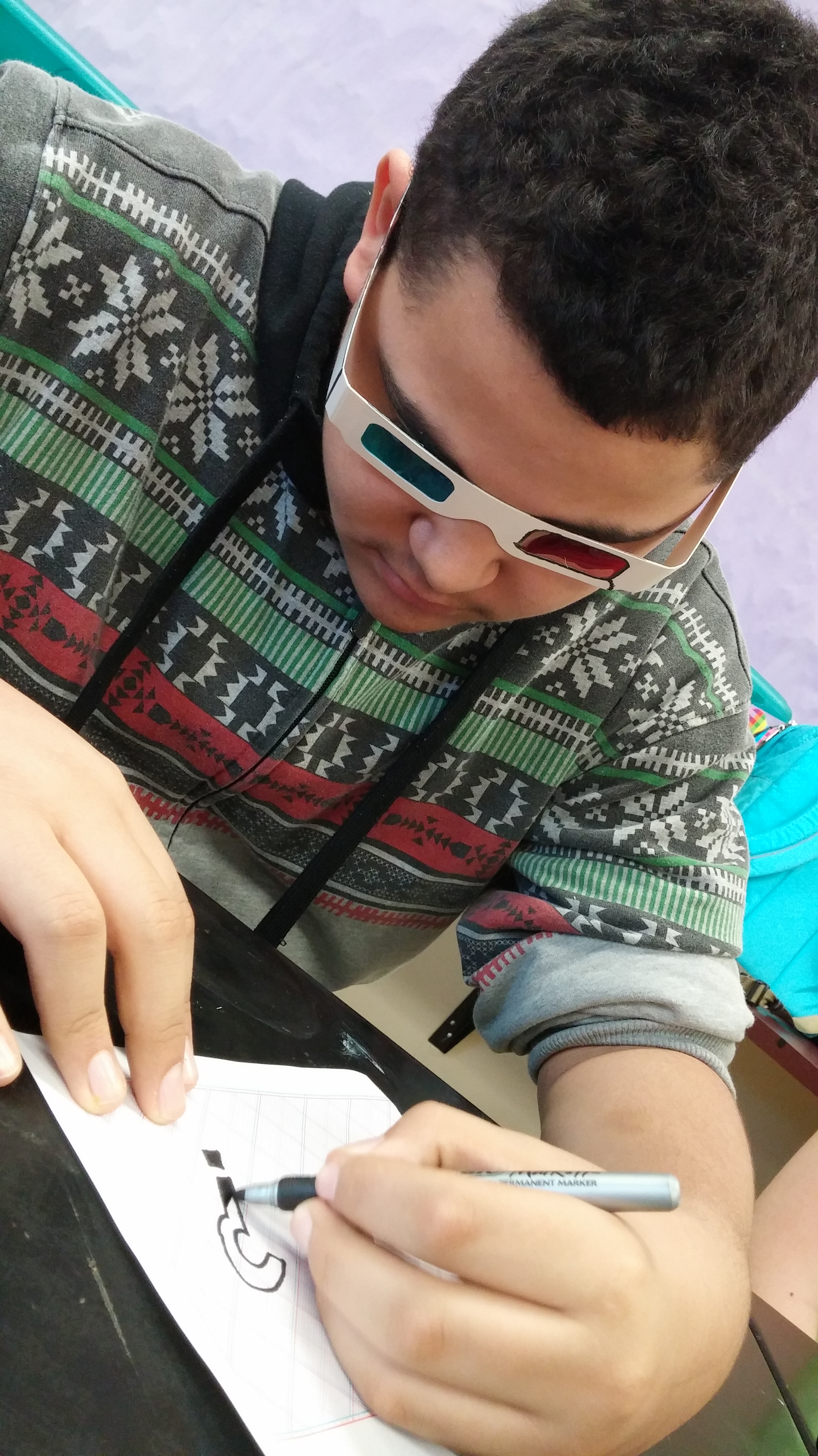
Sunday, October 22, 2017 9:00 – 9:50am, Brighton III
Act 48 Hours Offered
http://www.paeaconference.org/conference-program/
Environmental Art and Activist Artists
Would you like to learn about environmental artists working in a variety of media including: cartoons, photography, design, illustration and installation?? Well then, join Marie Huard in her session and leave with easy–to–implement lesson ideas that will make your students think.
How do contemporary artists address environmental concerns in their work? Explore the work of graphic artists and photographers who make us think about waste in new ways, botanical illustrators who show us endangered plants that we might not otherwise see, designers who aim to make alternative energy beautiful, and sculptors who work natural materials and alternately, with plastics gleaned from our waterways. In designing a unit on environmental art for my third and fourth grades, I asked two questions: How can my students make work that helps them connect with these ideas? How can I make it accessible for the classroom? I will share resources about these artists, student work, and some of the thinking that informed my teaching. You will leave with easy-to-implement lesson ideas that will make your students think.
Friday 1:00-1:50pm, Brighton I
Act 48 hours offered
http://www.paeaconference.org/conference-program/
Incentivizing Our Young Artists
Need to tidy up that classroom management of yours? I am sure it’s on all of our bucket list! Come hear from a couple of amazing pros about incentives and accountability in the Art Room!!
Veteran Art Educators Samantha Davis and Lauren Stichter will share personal and professional narratives from the field paired with tips and tools for how art educators can modify their teaching style to create and include positive behavior supports for diverse learning needs in the art room. Samantha and Lauren emphasis proactive systems as well as strategies for creating accountability systems to be adapted for Elementary, Middle and Secondary age groups.
…also… this is my sad excuse for photoshop skills… you’re welcome. lol!
Sunday 11am-11:50am, Brighton III
Act 48 offered
http://www.paeaconference.org/conference-program/
Revisiting Project Innovate—Provoking Excellence through Design
Do y’all like making stuff?? …and designing stuff?? Yeah, I thought so! And what better way to do that, then collaboratively with some awesome art teacherin’ folks!
Join the fabulous Amy Migliore, Marcy Bogdanich, Kris Fontes, Christina Martin, and The Pittsburgh Center for Creative Reuse for this collaborative session on design thinking and learning by design!!
Project Innovate facilitates young artists, from elementary to post–secondary, to build 21st Century competencies by using the design process to construct, perform and document their process of making fashion from found objects. Participants will collaborate in an up–cycled fashion workshop — where they will construct wearable art from recycled materials.
This is a ticketed workshop.
http://www.project-innovate.net/index.html
Friday October 20 from 1-2:50, Woodlawn room
Act 48 hours available
http://www.paeaconference.org/conference-program/
1…2…3… Advocacy & Me!
You already advocate for your art program. Do you want to do more? This lecture will help you
take your level of involvement from a one to a three!
Angela Capuzzi:
“If you are a new educator, this presentation will help you start advocating for your program. If you have been teaching for a while, this presentation will remind you of all the awesome things you already do and give you ideas for furthering your efforts. If you’re ready to really push hard for your program or you’re not sure what else you can do, this presentation will help get you there. I understand some teachers are hesitant – I was, too. But, then I realized I was already doing things to advocate. When I was ready, I stepped it up a notch. When my program was being attacked, I really pushed hard. I’ll tell you my story and provide you with lots of encouragement on your journey.”
Friday, October 10, 2017 1:00 – 1:50 pm, Brighton IV
Act 48 offered
First Five’s Top Five- What Every New Teacher Should Know
So maybe you are about to go into your first year of teaching… Or maybe you are already in it, whether 1 year in or more. Those first 5 years of your teaching experience can make or break you as an educator. Of course, we’d all rather see you make it! So here to help you with stories, strategies, and techniques from her first years of art teacherin’, is the amazing Margo Wunder!!
“Hey new teachers, struggling teachers, and wondering teachers- want to know what the first five years of teaching is really like? Well, I’ll tell you! Learn what to expect, how to do it, and how to get through it!”
Saturday, October 21st 2-2:50pm, Brighton I
Act 48 offered
http://www.paeaconference.org/conference-program/
Effective Use of Sketchbooks to Journal Student Choice
Join Paul Nagle, Robb Bomboy, and Angie Rubinic to learn about Broadening the sketchbook for all users as repositories of academic and students’ creative life in lessons/assessments from an I.B. (International Baccalaureate) classroom, a studio approach to sketchbooks and journaling.
Friday, October 20, 2:00 – 2:50 PM, in Brighton II
Act 48 hours offered!
http://www.paeaconference.org/conference-program/
PAEA 2017 Conference insights: Your brain on art
This is your brain:
This is your brain on art:
Zombie Artists: How Teaching about Brains Makes Better Artists
Saturday October 21, 1-1:50pm in
Marie Elcin and Cindy Hodgson
This session addresses the challenges faced by the middle school crisis of pseudo-naturalism as they realize that what they draw doesn’t match what they see. We propose that by learning about how their eyes and brains work, and about how their brains are changing during this period of early adolescence, students become more willing to take creative risks. We’ll share info about brain structures and networking and offer hands-on activities you can take back to the middle school art room.
http://www.paeaconference.org/conference-program/

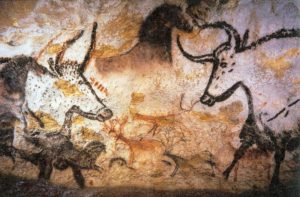
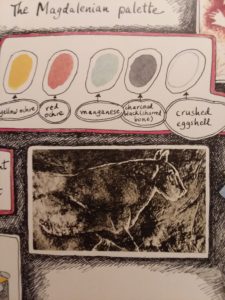
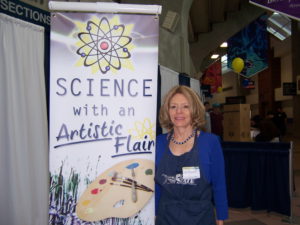
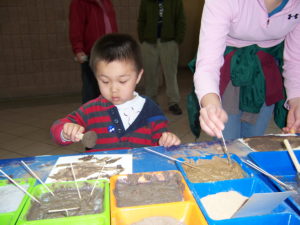
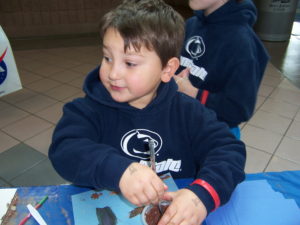
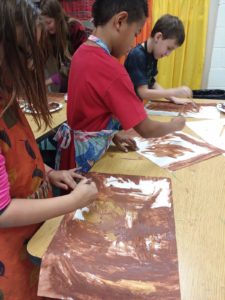
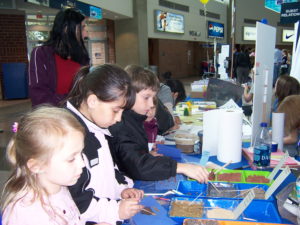
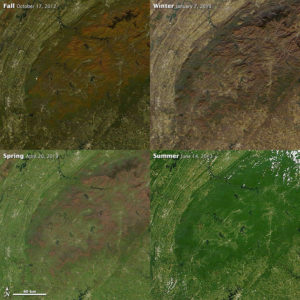
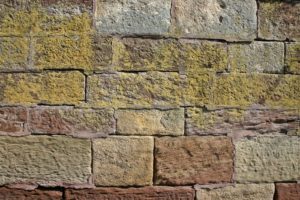
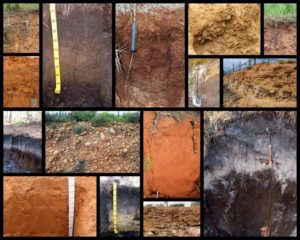
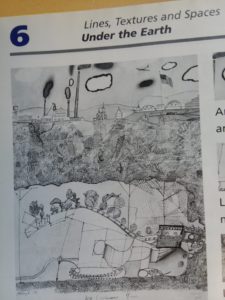

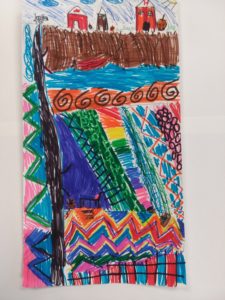
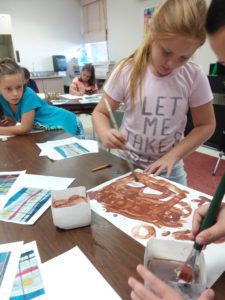
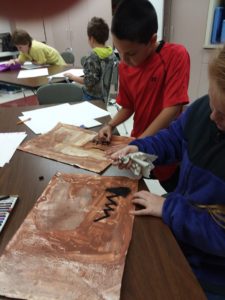
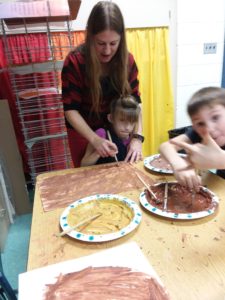
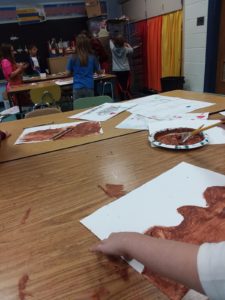
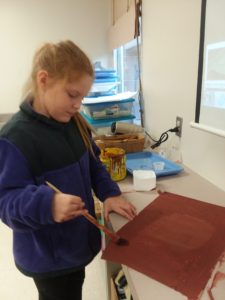
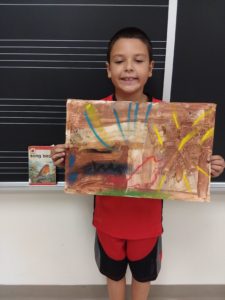
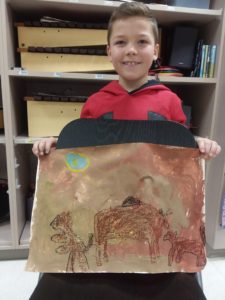
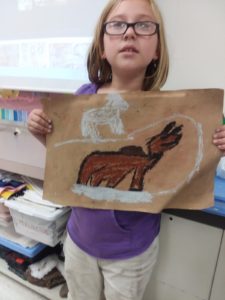
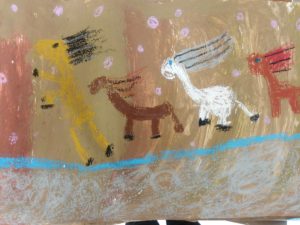
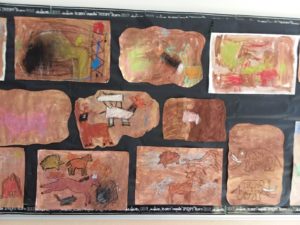
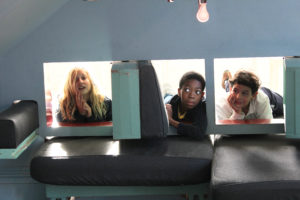
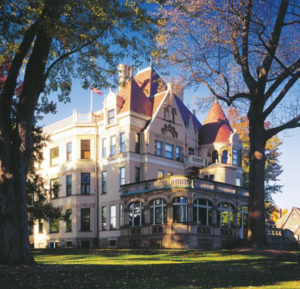



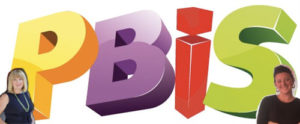
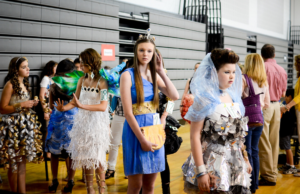
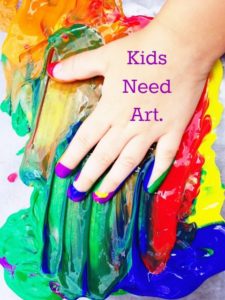

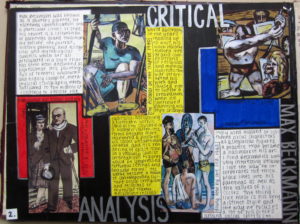
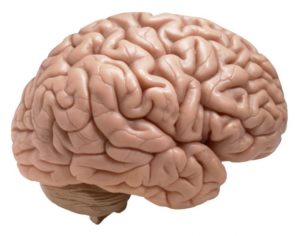
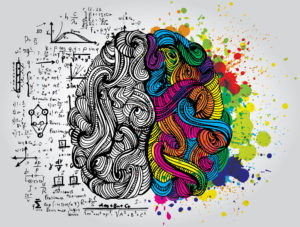
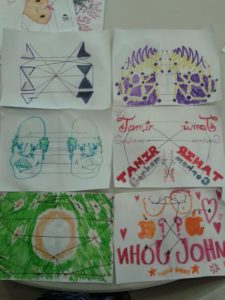
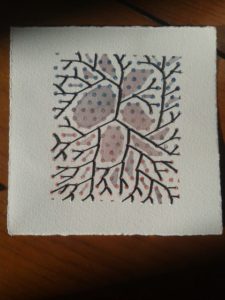
 D5 Creation
D5 Creation